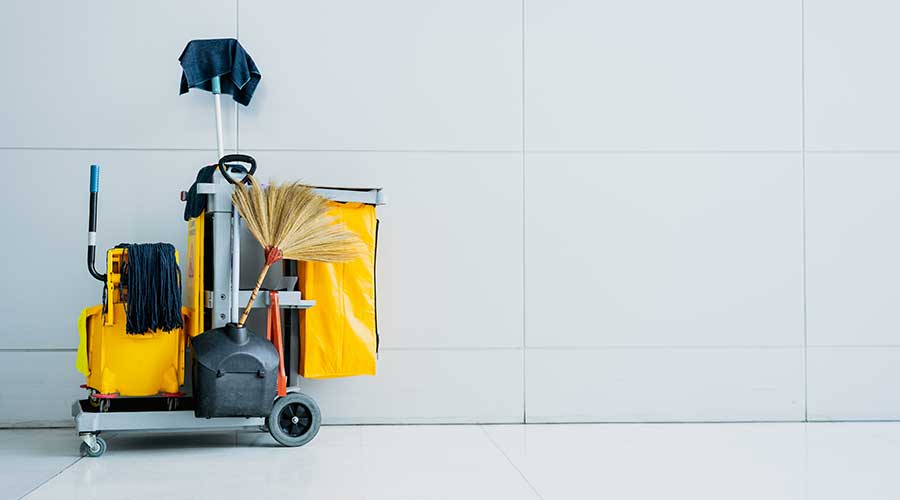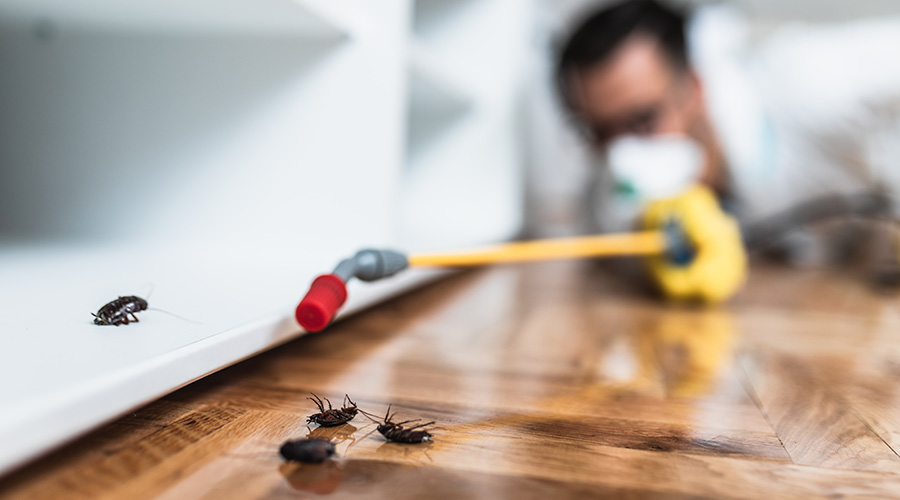Equipment Inspections: Infrared Thermography & Oil Analysis
Once again, I find myself in the position of appearing to scold maintenance and engineering managers in commercial and institutional facilities. Why?
A host of processes, procedures, and techniques that managers' counterparts in the manufacturing world routinely use tend to eventually migrate to the facilities world. Unfortunately, that migration is slow, and it takes a long time for them to take root in the facilities world, even though they have proven effective and offer excellent opportunities to cut costs.
The latest example of this phenomenon from the manufacturing world is the application of predictive-maintenance (PdM) technologies. Although I am not certified as an expert in the field of PdM, I have witnessed the benefits and the paybacks in numerous manufacturing environments.
Not all PdM applications benefit all facilities, but managers should be able to quickly identify the technologies that could work in their environments. A quick review of three common — but not yet fully embraced — technologies might help managers determine those they could apply most effectively in their facilities.
Infrared Thermography
Infrared inspections reveal if equipment is functioning within normal operating parameters based on a manufacturer's or UL specifications. An infrared camera measures thermal energy emitted from a given object by looking at heat signatures and revealing contrasting temperatures. The temperature differences could represent or identify potential future failure.
Typical applications include locating overheating joints on power lines, heat or air leaks, water leaks, identification of rodents in walls, weak spots in structures, lack of lubrication, or misalignment of motors. Using this technology effectively requires fundamental training and the right equipment. Infrared equipment costs have dropped drastically over the last few years, making this affordable for many managers' budgets.
Oil Analysis
Oil analysis involves sampling and performing a laboratory analysis of a lubricant. It can help technicians identify contaminants and wear debris. Besides monitoring oil contamination and wear, oil analysis analyzes oil additives to determine if an extended drain interval is appropriate.
Determining the remaining useful life of the oil can reduce maintenance costs. Determining the absolute life of oil and only replacing when necessary provides the opportunity for substantial cost savings in labor hours and disposal costs. Many vendors or lubrication-service providers offer the necessary training technicians need to implement, execute, and report the results.
Related Topics:












